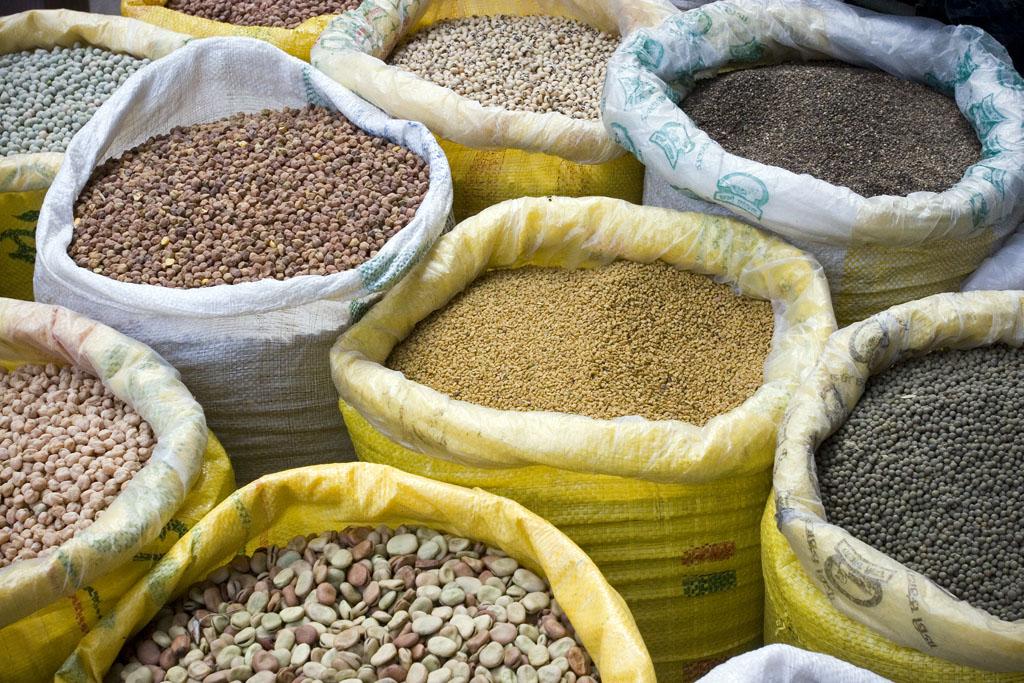In order to augment the buffer stock, the government has started procurement of 1 lakh tonnes of imported tur and 50,000 tons of imported urad. At present, the Government of India has 43.82 lakhs tonne of buffer stock of various pulses under PSF and PSS. Chana (Bengal grams) is allocated from this available stock to the states at discounted price of ₹8 per kg over the issue prices for its distribution by the states and Union Territories under various welfare schemes. Till date, based on the indent received from Uttar Pradesh, Gujarat, Himachal Pradesh and Tamil Nadu, 88,600 MT of chana has been allocated to these states.
For ensuring smooth and seamless import of pulses to augment domestic availability, import of tur and urad has been kept under free category until March 31, 2023. In respect of masur, the basic import duty has been reduced to zero with effect from July 27, 2021, and the zero Agriculture Infrastructure and Development Cess from February 13, 2022, until September 30, 2022, has been extended until March 31, 2023.
The Department of Consumer Affairs on August 12, 2022, issued a directive to all the states and UTs to enforce stock disclosure by stockholders of tur under Section 3(2)(h) and 3(2)(i) of the Essential Commodities Act, 1955, and also to monitor and verify the stocks. The states and UTs have also been asked to direct stockholder entities to upload the data of stocks held by them on the online monitoring portal of the Department of Consumer Affairs on weekly basis. Further, states have been requested to nominate the nodal officers to monitor the disclosure of tur stock by stockholders.
The Centre has built buffer stock of 2.50 LMT (Lakh Metric Tonnes) of onion during the rabi 2022 harvesting period in a view to keep onion retail prices stable even during the lean arrival season. The release of onion buffer is initiated to check the price rise and a quantity of 54,000 tonnes of onion has been released to various markets across 14 states and UTs from the National Onion Buffer Stock. This has resulted in stable onion prices all through the year. Further, to keep the onion retail prices stable, the government has offered onion to all the states and UTs and Mother Dairy, Safal, NCCF and Kendriya Bhandar to lift onion from Central Buffer Stock at the rate of ₹800 per quintal.
The government claims that due its monitoring, all-India average retail prices of major pulses have been fairly stable since starting of the year, except for normal seasonal price increases. All-India average prices of gram dal and masoor dal have slightly declined over last month, whereas the average price of tur dal, urad dal and moong dal have been stable with marginal increase over same period. The average retail price of onion has witnessed a significant decline of 28% compared to last year.
Regular reviews by the Inter-Ministerial Committee (IMC) and Committee of Secretaries (CoS) to review the situation of essential commodities, their price trends and suggest measures to enhance availability by way of various policy interventions to keep prices stable by way of imports, increasing production, imposing stock limits, import export regulations, etc.
The government has set up The Price Stabilization Fund (PSF) to tackle price volatility of essential commodities such as pulses, onion and potato to protecting consumers’ interest while promoting direct purchase from farmers and farmers’ associations at farm gate and mandi. The buffer stock of onion and pulses is maintained under PSF with the objective to moderate prices during the lean arrival season to ensure price stability. These interventions while protecting consumer interest would also help in sending the appropriate signals to market and regulate speculative and hoarding activities.
The Department of Consumer Affairs, Government of India, monitors prices of 22 essential commodities (cereals, pulses, edible oils, vegetables and others). To improve the quality of price data and analytical output thereof, the department has expanded the geographical coverage by increasing the number of price collection centres from 179 as on January 1, 2022 to 311 centres as on date. To improve the robustness of the price monitoring process, the department uses scientific models for predictive analytics and scenario building models to develop information-based scenario.


























